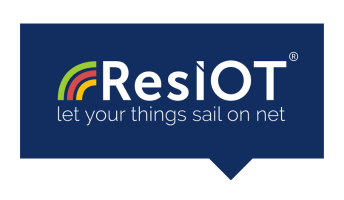
Geographical Focus: Worldwide
Categories:
Application server, Connectivity, Development, Gateway, Infrastructure deployment, IoT platform, Join server, Management / Monitoring, Network Operator, Network planning, Network server, Node stack, Platform, Provisioning (aka "Join server"), Server hosting, Services, Software, Storage, System integrators, Training
Commercial Contact:
rmigliorati@resiot.io
Technical Contact:
support@resiot.io
ResIOT Ublsoftware Srl
rmigliorati@resiot.io
Verticals: